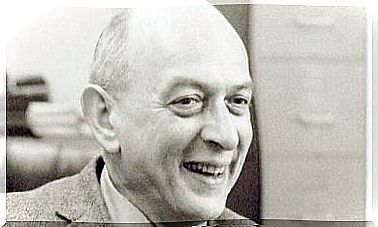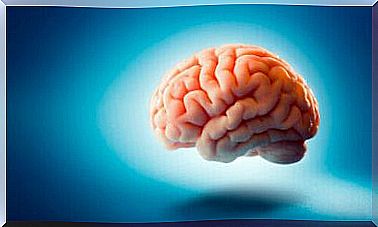The Theory Of Weak Central Coherence And Autism Spectrum Disorders

By default, we usually treat objects in our environment globally. When we search for an object and put all our efforts to find it, we do so using an overall picture of it as a reference.
We are therefore not looking for him based on his individuality. In our semantic system, it is represented by its totality. This is done by an executive function called central coherence, the characteristics of which you will discover here.
Likewise, when we first observe an object, we observe its overall representation and not each of the parts that make it up. For example, when we discover a new face, we look at the whole. We do not look in isolation at the nose, the mouth, etc. And this is thanks to central coherence.
However, some studies tell us that this is not the case, for example, in people with an autism spectrum disorder or impaired executive functions. This is why neuroscience has taken an interest in the theory of weak central coherence.

The theory of weak central coherence
This theory was formulated by Uta Frith in 1989, and Joliffe and Baron Cohen in 1999. It explains the difficulty that people with ASD have in integrating information into a single cohesive “whole”.
People with autism or autism spectrum disorders are characterized by fragmented treatment. Their attention tends to focus on the small details.
According to Dr. Frith, people with ASD have difficulty developing interpretations of situations by reading participants’ intentions from eye movements, hand movements and contextual cues. Focusing on isolated parts is disadvantageous. They take longer to see, for example, the whole of an image.
Neuropsychological assessment
Neuropsychological assessment to find out if there is an alteration in the central coherence system is a great diagnostic aid. The tendency to focus on details as a particular ability of ASDs can be assessed.
This special ability to focus on details is assessed in the “Hidden Figures” task or in the Wechsler Intelligence Scales cube subtest. Scholarly abilities represent a very particular cognitive style.
This can be observed via the neuropsychological evaluation of the drawing. These people tend to start their drawings with details, rather than starting with a central sketch.
However, this theory does not explain the full clinical picture characteristic of people with autism spectrum disorder (ASD). Therefore, the researchers suggest using it as an explanatory theory for detail-oriented cognitive processing.

Complementary theories
The “executive dysfunction model” is a complementary theory. While this model does not address the full set of symptoms of ASD, it does explain some characteristics such as lack of flexibility, difficulty planning and generating new ideas, or the presence of repetitive behaviors.
These types of abilities have to do with executive functions. Recently, researchers like Rosenthal (2013) found an increase in manifestations of executive deficit in older children.
For this reason, neuropsychological intervention should be performed from an early age. to minimize the effects of weathering. Likewise, the neurobiological perspective has shown that there is a range and diversity of genetic factors associated with ASD.
In the neuropsychological approach, it is accepted that a single deficit does not explain the heterogeneity of the disorder. On the other hand, the social cognition deficit theory is based on the idea that people with ASD have an impaired ability to represent their own mental state, as well as a difficulty in putting themselves in the shoes of the person. ‘other.
Therefore, from the theory of weak central coherence, attention to detail could be seen as a different cognitive processing and not as a deficit. In reality, this detail-oriented processing enables these people to make valuable contributions not available to people with a more normative way of processing information.










